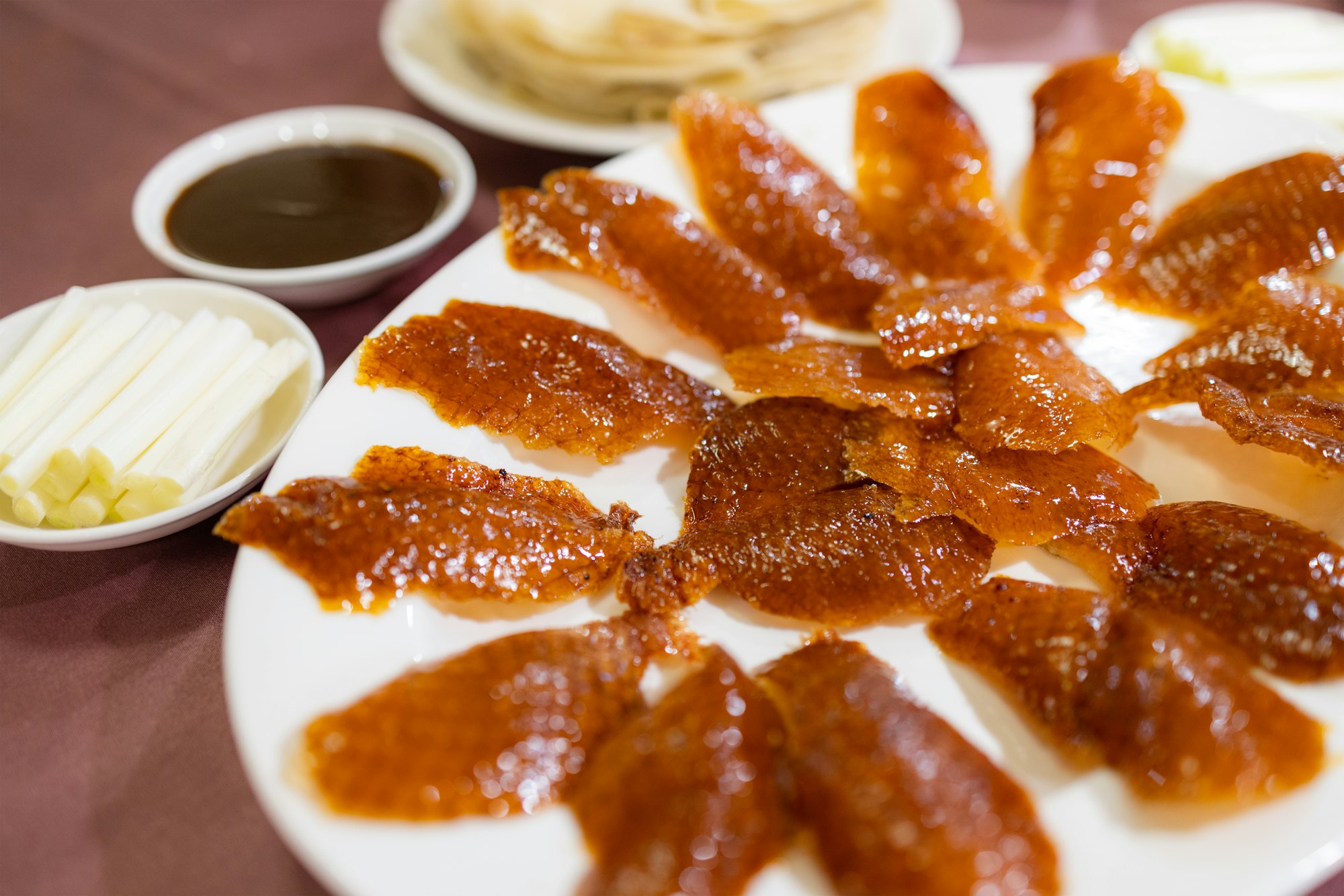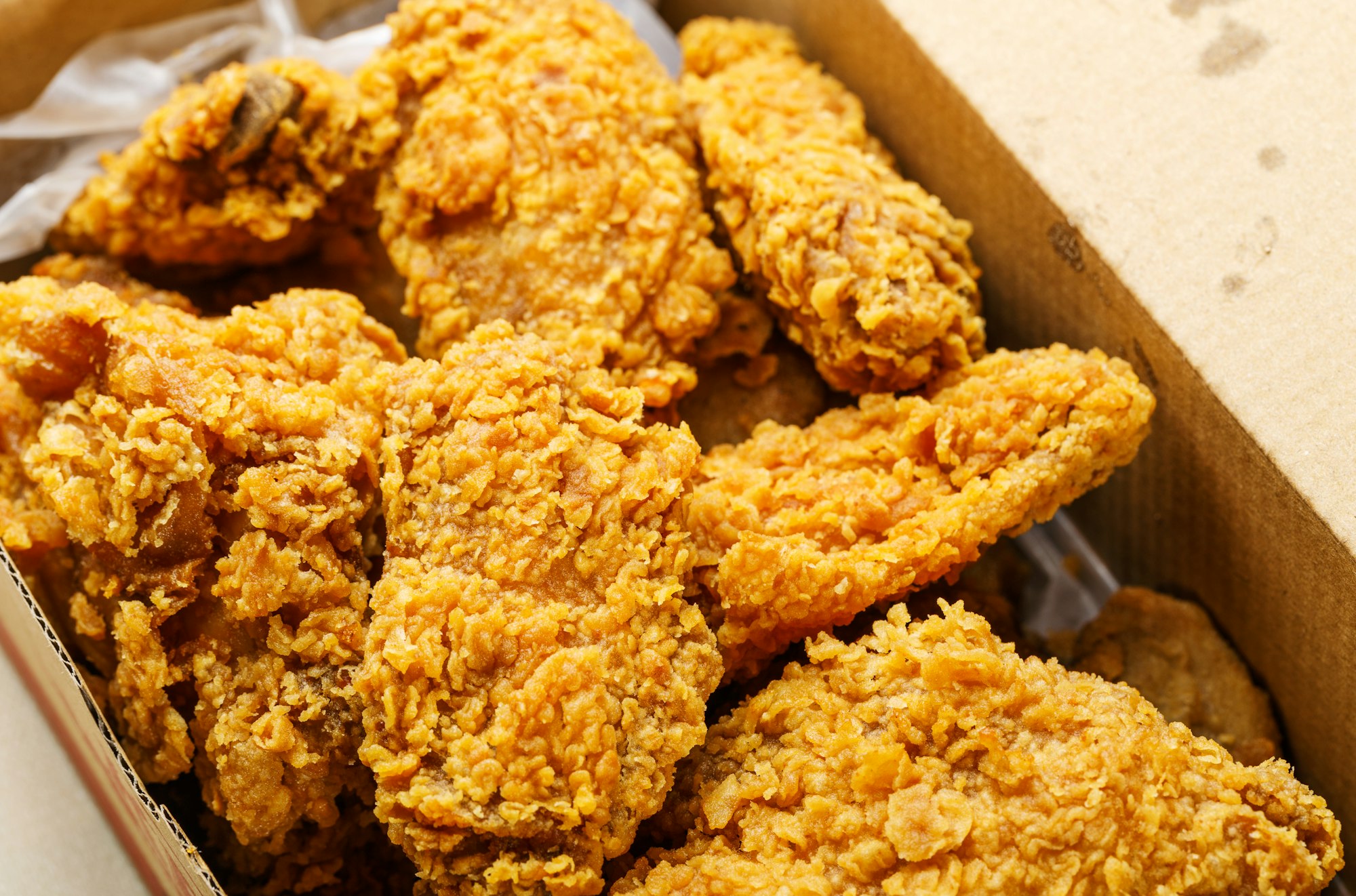
Hand-pulled noodles, also known as La Mian (拉面), are a type of Chinese noodle made by hand-stretching and pulling the dough into long, thin strands. They are known for their chewy texture, unique flavor, and intricate preparation process. While hand-pulled noodles may not be considered a health food due to their high carbohydrate content and occasional sodium, they offer some potential benefits when consumed in moderation as part of a balanced diet.
Source of Energy: Hand-pulled noodles are a good source of carbohydrates, which are the body’s primary source of energy. Carbohydrates are broken down into glucose, which is used by cells to produce energy for various bodily functions.
Fiber Content: Hand-pulled noodles, especially those made with whole-wheat flour, can provide some fiber, which can aid in digestion, promote gut health, and contribute to a feeling of fullness.
Iron Content: Hand-pulled noodles made with whole-wheat flour can be a good source of iron, an essential mineral that plays a crucial role in oxygen transport, red blood cell formation, and energy production.
Cultural Significance: Hand-pulled noodles hold significant cultural importance in China, often associated with culinary traditions, regional specialties, and a sense of craftsmanship.
Potential Drawbacks:
Despite the potential benefits mentioned above, it’s important to acknowledge the potential drawbacks of consuming hand-pulled noodles too frequently or in large quantities:
High Carbohydrate Content: Hand-pulled noodles are high in carbohydrates, primarily from the flour used to make them. Excessive carbohydrate intake can lead to weight gain and increase the risk of obesity-related health issues.
Sodium Content: Hand-pulled noodles, especially those served in restaurants or with salty sauces, can be high in sodium. Excessive sodium intake can contribute to high blood pressure and other health problems.
Frying Methods: Some hand-pulled noodle dishes involve frying, which adds additional fat and calories to the meal.
Moderation and Balanced Diet:
To enjoy hand-pulled noodles as part of a healthy lifestyle, it’s crucial to consume them in moderation and as part of a balanced diet rich in fruits, vegetables, whole grains, and lean protein sources. Here are some tips for healthier hand-pulled noodle consumption:
Choose Whole-Wheat Noodles: Opt for hand-pulled noodles made with whole-wheat flour whenever possible, as they provide more fiber and nutrients compared to refined flour noodles.
Limit Frequency: Avoid making hand-pulled noodles a regular part of your diet. Enjoy them as an occasional treat or special meal.
Control Portion Sizes: Be mindful of portion sizes to avoid overconsumption of carbohydrates, sodium, and calories.
Pair with Nutrient-Rich Sides: Balance hand-pulled noodles with healthier sides, such as salads, steamed vegetables, or lean protein dishes, to create a more nutritious meal.
Prepare at Home: If possible, prepare hand-pulled noodles at home to control ingredients, portion sizes, and cooking methods.
Enjoy as Part of a Balanced Lifestyle: Combine moderate hand-pulled noodle consumption with regular physical activity, adequate sleep, and stress management for overall well-being.
Remember, the key to enjoying hand-pulled noodles responsibly is to consume them in moderation, choose healthier whole-wheat options, control portion sizes, pair them with nutrient-rich sides, and maintain a balanced and active lifestyle.

Hand-pulled noodles, also known as La Mian (拉面), are a type of Chinese noodle made by hand-stretching and pulling the dough into long, thin strands. They are known for their chewy texture, unique flavor, and intricate preparation process. While it may seem daunting, making hand-pulled noodles at home is actually quite rewarding and can be a fun culinary experience. Here’s a basic guide on how to make hand-pulled noodles from scratch:
Ingredients:
- 2 cups all-purpose flour
- 1 teaspoon salt
- 1/2 cup warm water (100-110°F)
Instructions:
Make the dough: In a large bowl, whisk together the flour and salt. Gradually add the warm water, mixing with a spatula or your hands until a shaggy dough forms.
Knead the dough: Transfer the dough to a lightly floured surface and knead for 5-10 minutes until smooth and elastic. If the dough is too sticky, add a little more flour; if it’s too dry, add a little more water.
Rest the dough: Wrap the dough in plastic wrap and let it rest at room temperature for 30 minutes to an hour. This allows the gluten to relax and makes the dough easier to work with.
Divide and shape the dough: Divide the dough into four equal pieces. Cover three pieces while you work on one. Roll out the dough into a thin rectangle, about 1/8-inch thick.
Fold and roll: Fold the rectangle in half lengthwise, then fold it in thirds like a letter. Roll out the folded dough again into a thin rectangle. Repeat the folding and rolling process 2-3 more times.
Cut into strips: Cut the rolled dough into 1-inch wide strips.
Stretch and pull the noodles: Take one strip of dough and hold it between your hands, stretching it gently until it’s about twice its original length. Then, grasp the middle of the stretched dough and pull it away from your hands, allowing the dough to thin out. Repeat the stretching and pulling motion until the noodle is thin and long.
Cook the noodles: Bring a large pot of salted water to a boil. Drop the pulled noodles into the boiling water and cook for 2-3 minutes, or until they float to the surface.
Drain and serve: Drain the cooked noodles and immediately toss them with a little bit of oil to prevent sticking. Serve your delicious homemade hand-pulled noodles with your favorite sauce or toppings.
Tips:
Use the right flour: All-purpose flour is commonly used for hand-pulled noodles, but you can also use high-gluten flour for a chewier texture.
Knead thoroughly: Proper kneading develops the gluten in the dough, which gives the noodles their strength and elasticity.
Rest the dough: Resting the dough allows the gluten to relax and makes the dough more manageable for stretching and pulling.
Use the right technique: Stretching and pulling the dough requires practice and a bit of finesse. Start with short, gentle stretches and gradually increase the length and intensity of the pulling motion.
Cook immediately: Cooked hand-pulled noodles are best enjoyed fresh. They tend to become sticky and lose their texture if stored or reheated.
Experiment with sauces and toppings: Hand-pulled noodles are versatile and can be paired with a variety of sauces and toppings, such as stir-fries, soups, or simply a drizzle of soy sauce and sesame oil.
Remember, making hand-pulled noodles is a skill that takes time and practice to master. Don’t get discouraged if your first attempts aren’t perfect. With patience and perseverance, you’ll be creating delicious and authentic hand-pulled noodles in no time!







